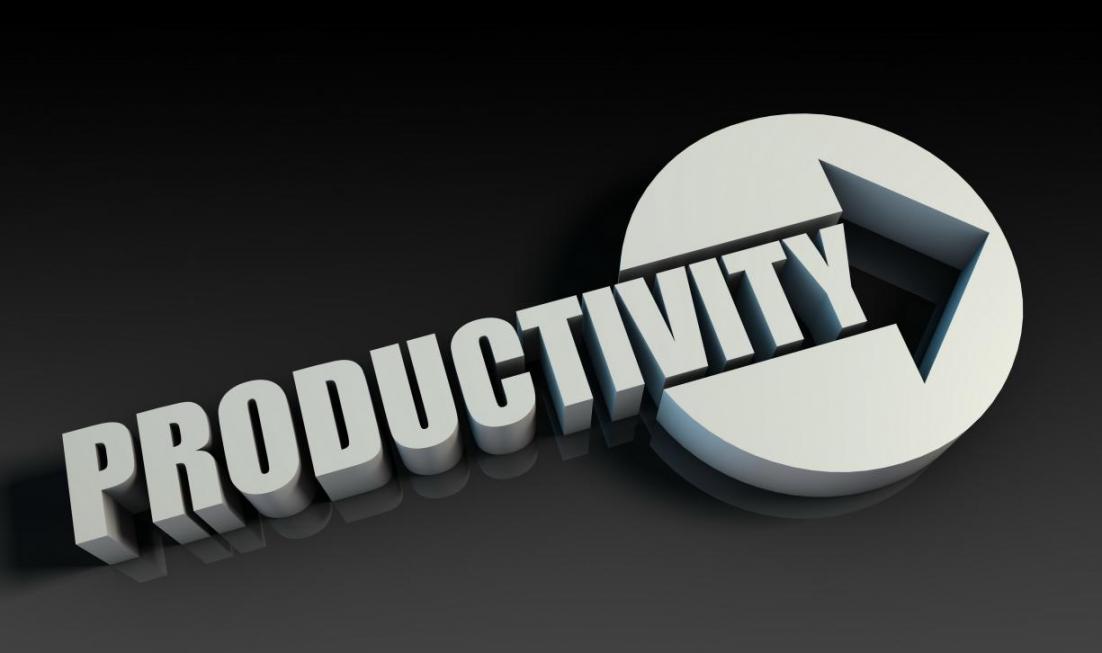The predicted three-percent economic growth will not be achievable even if investments grow by 12 percent, as long as the country’s manpower, business processes and rate of productivity are not on the right track, said the minister of roads and urban development, Abbas Akhundi in the 11th International Industrial Engineering Conference (IIEC 2015) on Wednesday.
The minister lamented that the government has not been able to properly manage the process of offering firms to the private sector as part of the privatization policy, saying: “The government has lost control over more than $100 billion of the national capital in the course of privatization,” IRIB News reported.
“Ten years after the privatization of national railway, the expected investments have not been made in this sector and the required resources are financed from amortization of capitals provided in the past,” he said.
He also noted that with the large number of out-dated and old aircraft after 20 years since privatizing the aviation industry, it could hardly be claimed that the industry has been privatized. “The same situation exists in the maritime industry as well as transport and other industries,” he added.
The minister stated that in the past four decades, the country either witnessed negative growth or, at best, negligible growth of two to four percent. “This is while the majority of development plans are devised on the basis of achieving seven to eight percent economic growth.”
“Therefore, even if investments rise to 12 percent, the predicted economic growth will not be achieved,” he remarked.
Productivity should be pursued in micro as well as macro-economy, he suggested.
“It is crucial to increase competition to perk up the business environment, productivity, and economic competitive environment.”
Productivity in Iran has been negative for the past four or five years. Some economic experts, including Saeed Laylaz, economist advisor to Iran’s former president Mohammad Khatami, believe that Iran’s economic problems stem from the country’s economic system. “There has been a lack of investment; however, the main problem over the past 10 years has been the lack of productivity,” Laylaz told CNBC a few days ago.
In 2013, the year President Rouhani took office, the Iranian economy had shrunk by 1.9 percent. However, gross domestic product grew by 1.5 percent during the past Iranian year (March, 2013- 2014) and has seen 2.2 percent expansion ever since as observed by the International Monetary Fund. The administration continues to battle high inflation and unemployment.
IIEC organized by the Department of Industrial Engineering, Tarbiat Modarres University and the Iranian Institute of Industrial Engineering. The two-day event provides a great opportunity for policy makers, academics, and practitioners in different industrial engineering positions to exchange knowledge, technology, and ideas.


